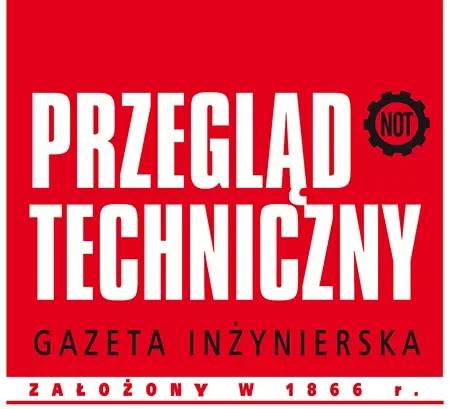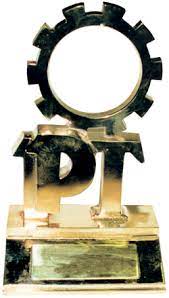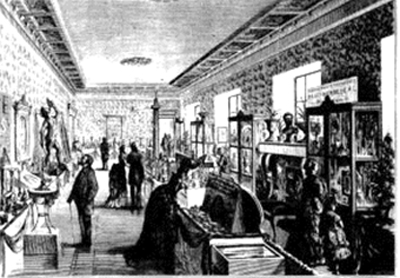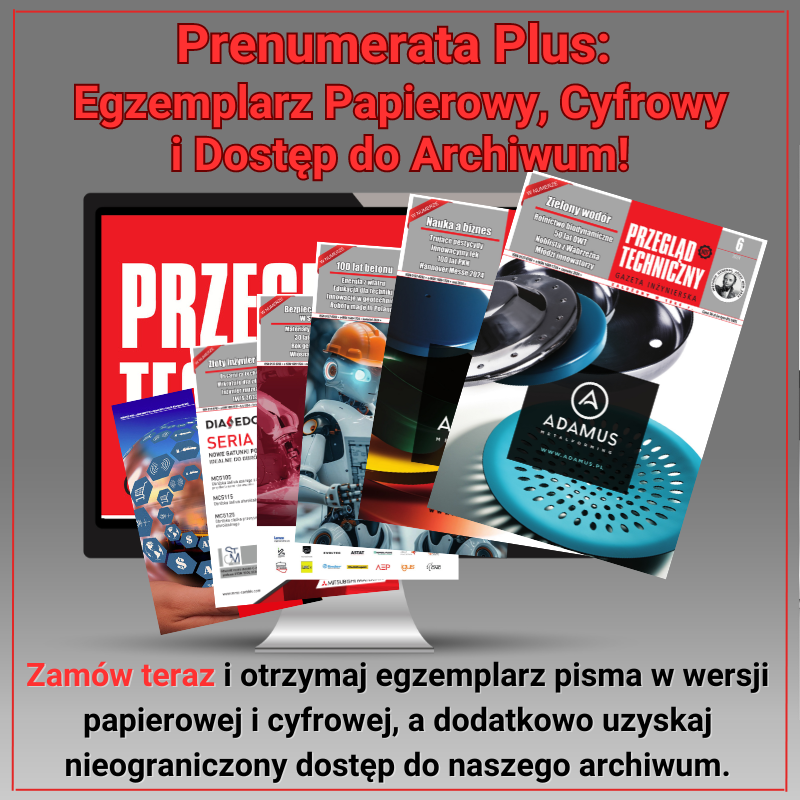The establishment of the Museum of Technology on Polish soil was preceded by the organization of industrial exhibitions. The first agricultural and industrial exhibition in the Kingdom was organized in 1821.
The exhibition was a kind of summary of the changes that took place in these lands after the laws of Staszic, Mostowski and Lubeck. It was not international in scope, but it was very popular -175 exhibitors represented a wide variety of industries. Subsequent exhibitions were held with great success in: 1823, 1825 and 1828. The following ones did not prove systematic either – they were organized at different intervals: 1838, 1841, 1845, 1857, 1860 i 1867.
The biggest industrial changes in the Polish lands did not occur until the second half of the 19th century. Then tool machines appeared, and steam machines provided modernization for many manufacturing plants. Factory production began to conquer the market, but manufactures and craftsmen continued to exist and develop. In the 19th century. Industrial exhibitions – initially small, regional or national, became increasingly common, and over time evolved into so-called “industrial exhibitions. “World exhibitions”, which allowed the manufacturing of individual countries to be demonstrated internationally. Organized by the most industrialized countries, they attracted representatives of various production fields, exhibitors from the most diverse countries of the world, but also visitors who wanted to follow specific patterns or satisfy curiosity.
A model of such an exhibition was presented in 1851. Britain by holding the Great Exhibition of All Nations Industries in London. The large pavilion, built in the spirit of the architecture of the time, displayed: the latest production machinery, inventions and curiosities, and quality products. The exhibition was open for several months and was visited by crowds of visitors from Europe and the world. This example was followed in subsequent years by Paris and Philadelphia. Foreign exhibitions, to which Polish manufacturers sent their products, were also of great interest, in London (1857), Paris (1867, 1878), Vienna (1873), Philadelphia (1876), St. Petersburg (1840, 1861, 1870), Moscow (1844, 1853, 1865, 1872, 1881) and Lviv (1877)(Journal for All and Anons, 1885, No. 122, pp. 5). These exhibitions had many advantages, but also some significant disadvantages. Only large entrepreneurs had a chance to present at them (due to the cost of participation). Medium-sized and small manufacturers, which still had the largest number in the domestic industry, could not afford to do so.
The exhibitions, both domestic and international, provided an opportunity to “get a glimpse” of how products are made, but were not geared toward educating visitors. It was not possible to learn about: production techniques, manufacturing machinery, materials used and skills, but only the final product and the type of machinery used – without a closer look at the technology. On the occasion of the organization of an agricultural exhibition in Warsaw (September 1874), which attracted a very large number of visitors, the organizers in one of the lectures decided to raise the issue of establishing an “Industrial Museum.” The reading aroused great interest, as it provided more concrete information about a hitherto mysterious institution that had been talked about for many years(Commercial Gazette, 1874, No. 222). The overarching role of the “Museum” was to educate with the use of the collected objects (musealia).
Nineteenth-century museums were highly respected and serious units, even scientific, which had as their main goal didactics – educating visitors through: exhibitions, demonstrations, workshops, lectures. They were versatile institutions, as in addition to exhibitions and collections they ran: libraries, research labs, and organized numerous training courses and workshops. Many of the museum’s employees were researchers in a wide variety of fields. Inspiration was sought abroad, such as London’s Science Museum, Paris’ Conservatoire National Des Arts et Metiers, and the later Deutsches Museum in Munich. Their primary task was not to collect exhibits showcasing the engineering genius of past generations, but illustrating the current state of the industry at large.
Only after many years of preparatory work were the thoughts, ideas and plans transformed into real actions. As noted by the Industrial and Craft Gazette, (1875, No. 35): Founding Committee June 5, 1875. (with Jan Tadeusz Count Czartoryski, accompanied by Jozef Count Zamoyski, Jakub Natanson and with the cooperation of the trading house Hille and Dietrich) officially established the “Industrial and Agricultural Museum.”. The Law of the Warsaw Museum of Industry and Agriculture was approved on June 19 (July 1), 1875. Article 1 of this law clearly presented the primary task of the newly established institution: The purpose of the Warsaw Industrial and Agricultural Museum is to give industrialists and rural farmers the opportunity to examine first-hand the objects related to their type of occupation, and to become acquainted with improved tools and methods of production.
Elaborated. Bronislaw Hynowski





